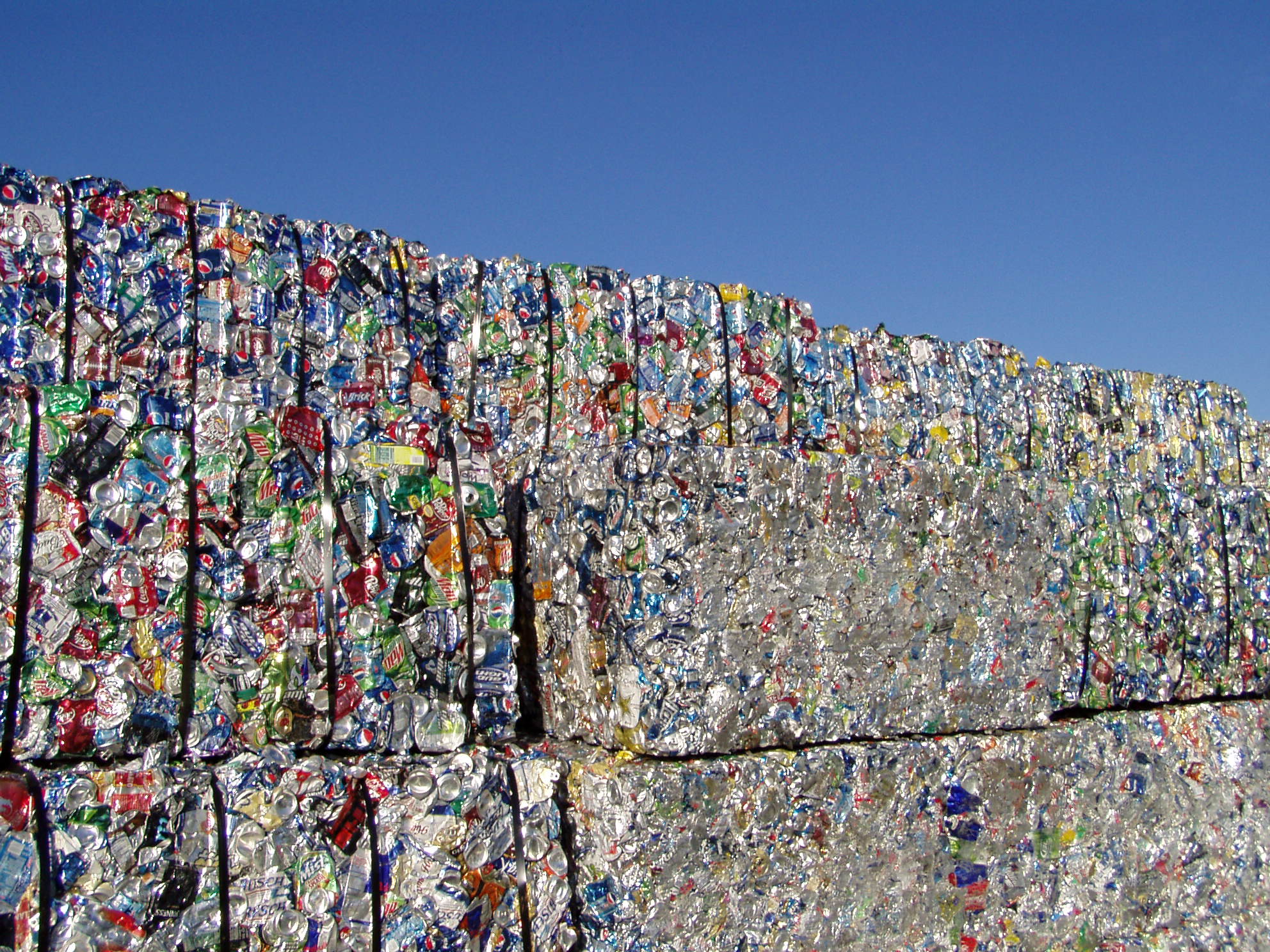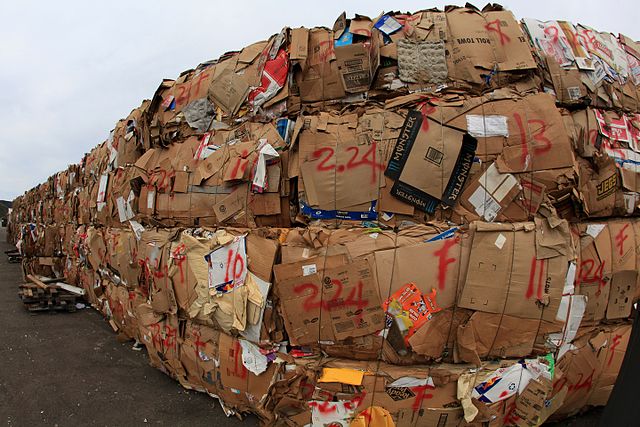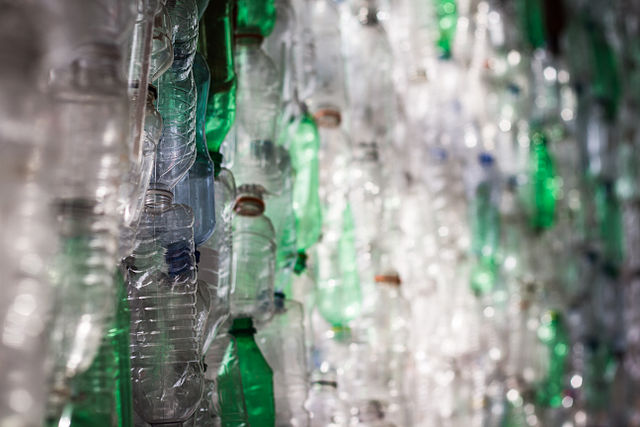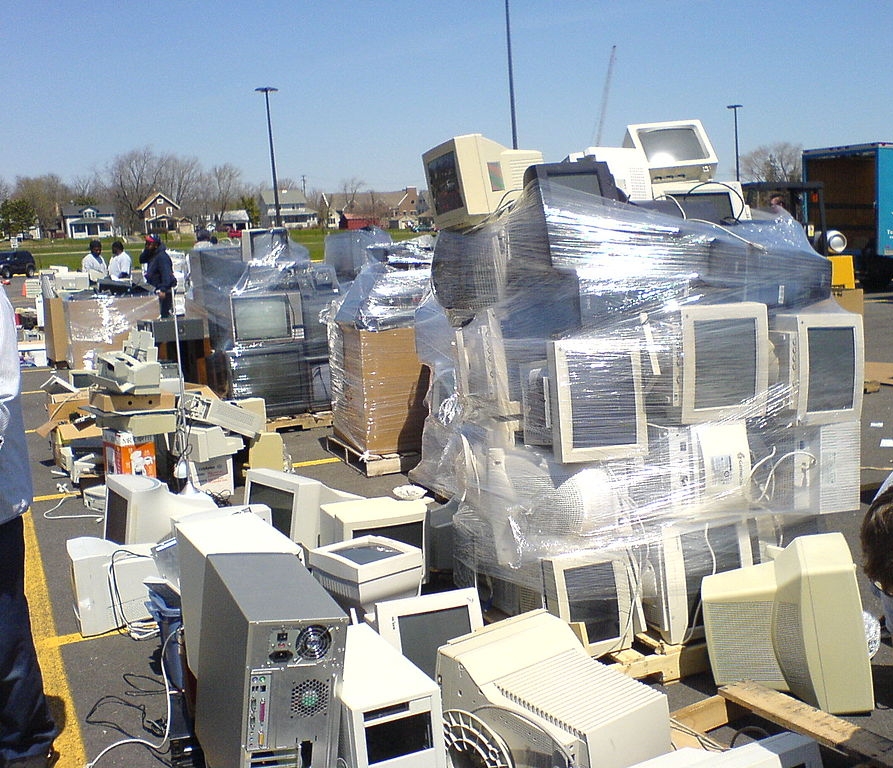I discovered that taking care of your pooch can be surprisingly difficult to do in a zero waste way. But here are the most impactful things I feel you can do to have a more ecofriendly dog!
Food
I drive by the Purina Factory in Denver every day to go to work, and it really made me question where my dog's food was coming from. Not just from a zero waste standpoint, but also considering ecological impact, and Piper's health! This is partially because the factory WREAKS when it's running!
If you're not interested in completely changing your pet's food, Terracycle has programs with a few food brands to recycle their bags. But, because of the plastic lining, pet food bags cannot be recycled with mixed paper in your curbside recycling program.
Luckily there are other options for your pup, and with many people leaning toward more natural pet food, this is a great place to start!
Homemade Pet Food
This is actually surprisingly popular, and also pretty much the only full-proof way to know that it's truly zero waste. Apparently, done right, this can be less expensive than the premium dog kibble brands. I have not tried this method, but if you are interested you can find out more about nutritional guidelines and recipes here, here, and here.
Raw Pet Food
Raw dog (and cat!) food can be bought in most big name pet stores and online! Just to clarify: it is generally not perfectly zero waste, but it takes a big step in the right direction and is often produced in a more sustainable way than traditional kibble.
Dehydrated Pet Food
The brand I personally use is The Honest Kitchen (see my post on them here). They use cardboard that is partial post-consumer recycled material and 100% recyclable. There is a plastic bag in the container that is made of plastic #7 (I personally confirmed this with them) so it is also recyclable (and reusable)! They use responsibly sourced, dehydrated, 100% humane grade whole foods in all their pet foods, which has less impact on the environment.
Some other healthy dog food brands that are similar, if you are interested, are: Spot Farms, I and Love and You.
Treats
Even if homemade dog food isn't your bag, making dog treats is just as easy as making cookies! I'd definitely recommend this as a first step towards having a zero waste dog! Also if you have a picky pup, you may have more success with these!
Homemade dog treats
I very highly recommend homemaking dog treats, if you want biscuits. Since you only need to do it every now and then it is incredible easy, convenient, and inexpensive. Piper is very picky about treats, so I started homemaking them a while ago. Her favorites are peanut butter treats and apple cheese treats. You can find just about any recipe to fit your dog's tastes online!
Whole food dog treats
I love using pre-cooked chicken, beef, or fish as treats. It's quick, easy, and probably already in your fridge! My pup also loves other types of food like blueberries, sweet potatoes, cheese, eggs, and honey! Just make sure that your feeding your pup safe options, and stay away from anything on the poison list!
Lizzie and Yogi, Piper's BFFs.
Toys
Toys are challenging. They almost always come with packaging and some form of plastic. So I have developed a set of guidelines for buying in the right direction:
Keep is natural!
Buy bulk elk antlers, water buffalo horns, etc. Good old fashioned sticks are never a bad option either!
Non-toxic
Try to buy toys that are BPA, PVC, and phthalate-free
Minimal packaging
It's almost impossible to by toys made with no packaging, but try to buy ones with only cardboard
Only one
You don't need 5 frisbees, 13 stuffed animals, and 12 tennis balls. Buy only one of each type of toy at a higher quality that will last longer.
Made in the USA
The USA has no safety regulations set on pet toys (though some retailers do), but the likelihood of dangerous chemicals and sweatshops goes down when a toy is designed and made in the USA.
Recyclable
Recyclable pet toys are becoming more popular and are available at most big brand pet stores
Recommended Brands
The brand I would recommend most which meets most of these guidelines is West Paw Design. They make awesome, non-toxic, completely recyclable pet toys! Also, their prices are comparable to the big brands. My favorites are their frisbees, balls, tug of war toys, and chew toys.
The Soft Landing also has an awesome pet toy buying guide!
LeashES
One of the best zero waste options for dog leashes are made from upcycled ropes! Mountain Dog is the company I went with. They actually up-cycle old climbing ropes, making their leashes very strong and durable! They also have a lifetime guarantee on all their leashes, just in case something goes wrong (aka chewing incidents).
Dog Poop Bags
Dog poop disposal can be one of the most wasteful parts of having a dog, but its also one of the easiest ones to fix!
Compostable dog poop bags
There are lots of compostable poo bags out there, I personally use Pogi's. I buy 50 rolls at a time and that lasts 6-10 months (depending on number of dogs). I throw these in the garbage, but I'm confident that the plastic will break down in around 2 years as opposed to sitting in a landfill for over a thousand.
Flushable dog poop bags
These types of bags are water soluble, and apparently breakdown so that the waste can be treated in a sewage treatment center. I have considered this method, I don't love the idea of walking bags of dog poop in and out of my house (especially after a big yard cleanup). But I actually feel this is an ecologically sounder way to handle dog poop because it gets treated in a sewage plant.
Special Note: In the EPA's publication After The Storm: Citizen's Guide to Understanding Stormwater, they state that "flushing pet waste is the best disposal method" though they don't specify if bags are part of that equation
This post contains affiliate links. As always, all thoughts and opinions are my own.
